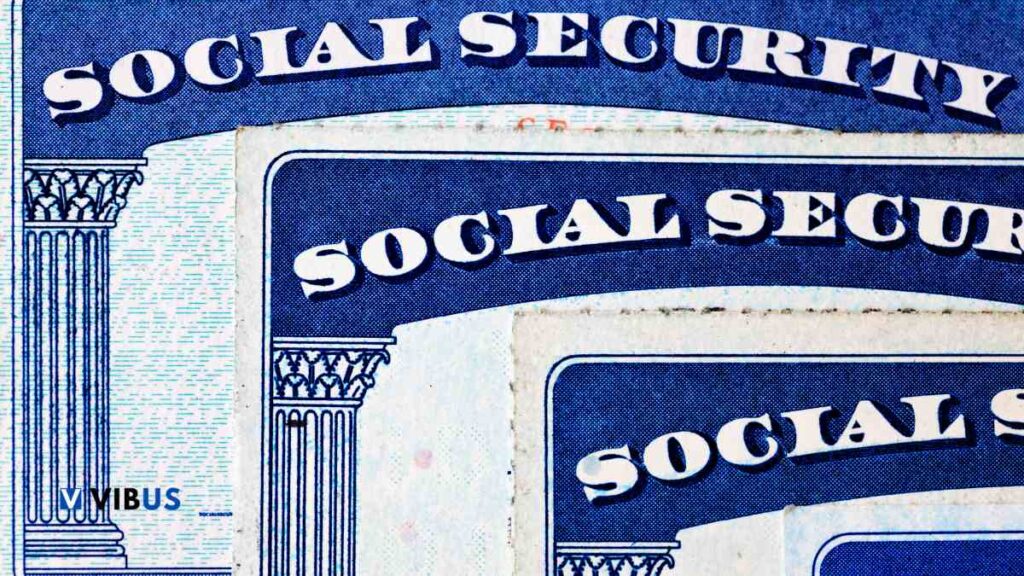The Social Security Administration (SSA) organizes its payments well in advance to ensure that all beneficiaries receive their funds on time. By mid-2024, there is already a detailed schedule of the benefits to be delivered in 2025. Thanks to this planning, we can already foresee in which specific months next year the SSA will not send payments to certain groups.
These payments are related to the Supplemental Security Income (SSI) program, which provides financial assistance to adults, young people, and children with disabilities and/or blindness, as well as older adults who have not accumulated enough taxes to receive retirement benefits.
The Social Security payment schedule for 2025
SSI beneficiaries receive their Social Security payments on the first day of each month. However, if the first day falls on a federal holiday, weekend, or another mandatory day off, the payment is moved up to the last business day before. This adjustment ensures that beneficiaries always have access to their funds on time.
For the year 2025, the SSA has established that SSI beneficiaries will receive a total of 12 payments. However, in the months of January, February, March, June, September, and November, no payment will be made on the first day of the month. Instead, the payment will be advanced to the previous business day, resulting in a double payment the previous month: one at the beginning and one at the end of the same month.
Additional benefit from the Cost of Living Adjustment (COLA)
Due to these advancements, SSI beneficiaries will be the first to receive the Cost of Living Adjustment (COLA) approved for 2025. This is because the January benefit, which includes the COLA increase, will be paid on December 31, 2024, allowing beneficiaries to enjoy the increase from the very start of the year.
To enroll in SSI, individuals must meet a series of requirements based on several factors. Below are the main ones:
- Age: You must be 65 years or older.
- Blindness: You must be legally blind, meaning corrected vision not exceeding 20/200 in the better eye or a visual field limited to 20 degrees or less.
- Disability: You must have a medical condition that prevents you from working and is expected to last at least 12 months or result in death.
- Citizenship: You must be a U.S. citizen or, in some cases, a qualified non-citizen (such as certain lawful permanent residents).
- Residence: You must reside in the United States, including the 50 states, the District of Columbia, and the Northern Mariana Islands.
SSI is a needs-based program, so your monthly income must be below certain limits. Income includes money received from jobs, benefits from other programs, or support from family and friends. Some income is not counted, such as the first $20 of monthly income and an additional $65 of work income.
Resources (assets) must also be below certain limits: $2,000 for individuals and $3,000 for couples. This includes cash, bank accounts, properties, and other goods, although certain resources are not counted, such as the house you live in and one vehicle.
How to apply
To receive SSI benefits, you must submit an application. This can be done at a local Social Security office, online, or by phone. If you meet the aforementioned requirements, you may be eligible to receive SSI. It is advisable to review the details with the Social Security Administration or a legal advisor, as rules can vary and change over time.
With the SSI payment schedule already established for 2025, beneficiaries can plan ahead. Knowing the months when payments will not be received due to advancements allows beneficiaries to better organize their finances. Additionally, being the first to receive the COLA is an added advantage that provides early financial relief.
The Social Security payment schedule for 2025 demonstrates the SSA’s clear commitment to ensuring SSI beneficiaries receive their funds promptly. Despite changes in payment days due to holidays and weekends, beneficiaries can rest assured that they will receive 12 payments throughout the year. This advanced planning, along with the cost of living adjustment, underscores the importance of this program in supporting those who need it most.
